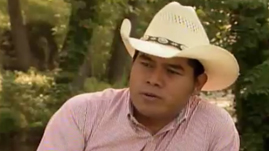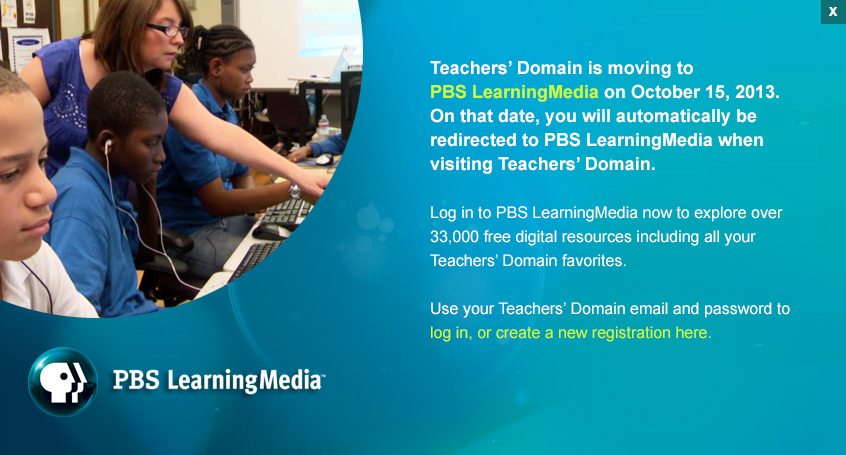Teachers' Domain - Digital Media for the Classroom and Professional Development
User: Preview



The Apache Crown Dancers are enrolled members of the White Mountain Apache Tribe and live in Whiteriver, Ariz. In this video segment, the group leader, Joe Tohonnie, Jr., talks about the long history of the dance and its role in Apache culture as the dancers perform Crown Dances.
This resource is part of the Native American Culture collection.
Find additional arts resources for your classroom at the KET Arts Toolkit website.
Historically, the Apache lived in many independent bands throughout the southwestern United States, from what is now central Texas to central Arizona and south into the Sierra Madre Mountains of modern day Mexico. The White Mountain Apache believe their ancestors were placed under the White Mountains along the Arizona/New Mexico border by their Creator. They call themselves the Ndee, or The People. Although the White Mountain Apache lost some of their lands, they managed to keep their central White Mountain territory.
The White Mountains are the second highest mountain range in Arizona. The range is dotted with mountain lakes and streams. In these mountains you will find the Fort Apache Indian Reservation, home to the Western Apache and the White Mountain Apache Tribe. Joe Tohonnie, Jr., the leader of the White Mountain Apache Crown Dancers who perform in this video, lives in the town of Whiteriver, Ariz., which is located in the Fort Apache Indian Reservation.
Crown Dancing is a very old and sacred dance tradition. According to Apache belief, the dance was taught to the Apaches by the mountain spirits as a means of healing. The Crown Dancers are the Gaan or mountain spirits. Apaches believe that Usen, the Creator, sent the Gaan to the Apache to teach them to live in harmony.
There are five Crown Dancers, including four masked dancers representing the directions of north, south, east, and west. The fifth dancer is the clown, who protects the others by driving away evil spirits with the sound of his humming bull-roarer, a thin piece of wood suspended from a string and swung in a circle.
The dancers decide what symbols to put on their crowns. Symbols often honor forms in nature, and many crowns include the Apache cross to signify the four sacred directions. Some crown headdresses are adorned with eagle feathers, because the eagle is sacred to the Apache. Lightning, another sacred symbol, is often painted on the bodies of Apache Crown Dancers.
The dancers are not allowed to talk to one another, so they communicate with their sticks during the dance. Only properly trained men can dance the Crown Dance. Crown Dancers play an important part in many Apache ceremonies such as the Sunrise Ceremony, which commemorates the growth of a girl to womanhood. The dance is also performed in healing ceremonies and as a social dance.
 Loading Standards
Loading Standards